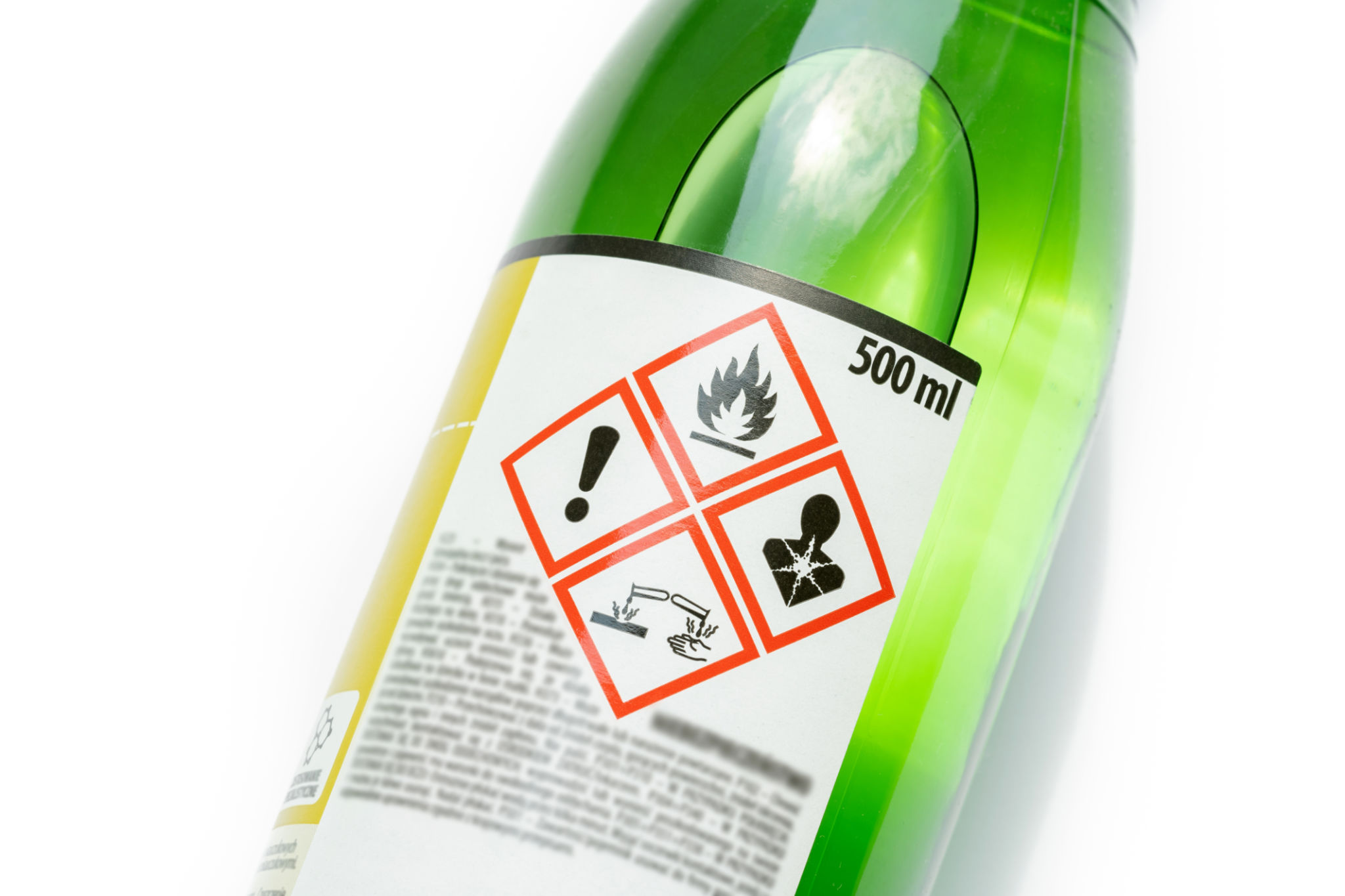Understanding the Science Behind Effective Cleaning: What You Need to Know
The Role of Chemistry in Cleaning
Cleaning is not just about removing visible dirt and grime; it's also about eliminating harmful pathogens and creating a healthy environment. At the core of effective cleaning is chemistry. Understanding the chemical reactions that occur during cleaning can help you choose the right products and methods for different surfaces and contaminants.

Most cleaning products are designed to interact with specific types of dirt. For example, acidic cleaners are effective against mineral deposits and rust, while alkaline cleaners are better suited for grease and oil. By selecting the correct cleaner, you can ensure efficient removal of unwanted substances without damaging the surface.
The Importance of pH Levels
The pH level of a cleaning solution plays a crucial role in its effectiveness. The pH scale ranges from 0 to 14, with 7 being neutral. Solutions with a pH less than 7 are acidic, while those with a pH greater than 7 are alkaline. Each type of cleaner works best at a specific pH level, targeting different types of soil and stains.
For instance, vinegar, which is acidic, is excellent for dissolving hard water stains and soap scum, while baking soda, an alkaline substance, is ideal for cutting through grease. Knowing the pH level of your cleaners helps in choosing the most effective solution for your needs.

Biological Agents: Enzymes and Microorganisms
In recent years, there has been an increased interest in using biological agents such as enzymes and microorganisms for cleaning. Enzymes are proteins that speed up chemical reactions and are particularly effective in breaking down organic matter like food stains or pet waste.
Microorganisms, such as certain bacteria, can digest organic material and continue working long after initial application. These biological cleaners offer a more sustainable and eco-friendly approach to cleaning by reducing reliance on harsh chemicals.
The Mechanics of Physical Cleaning
While chemical reactions play a significant role in cleaning, mechanical action is equally important. This includes scrubbing, agitation, and pressure washing, which help dislodge dirt and debris from surfaces. The physical action enhances the effectiveness of cleaning agents by ensuring they come into better contact with contaminants.

Tools like brushes, microfiber cloths, and sponges are designed to optimize mechanical cleaning. Each has unique properties suited to different types of dirt and surfaces. Using the right tool can significantly enhance your cleaning results while minimizing effort.
Safety Considerations in Cleaning
Effective cleaning is not only about achieving cleanliness but also ensuring safety. Many cleaning agents contain strong chemicals that can pose health risks if not used correctly. Always read labels and follow manufacturer instructions to ensure safe use.
Wearing protective gear such as gloves and goggles can prevent skin and eye irritation, while proper ventilation reduces inhalation risks. Additionally, storing chemicals safely away from children and pets is crucial to prevent accidental exposure.

Sustainability in Cleaning Practices
Sustainability is becoming an integral part of cleaning practices. Eco-friendly products that use biodegradable ingredients and recyclable packaging are gaining popularity. These products aim to minimize environmental impact while maintaining high cleaning standards.
Adopting sustainable practices also involves reducing water usage and energy consumption during cleaning tasks. By being mindful of these aspects, individuals and businesses can contribute to environmental conservation while keeping spaces clean and safe.
